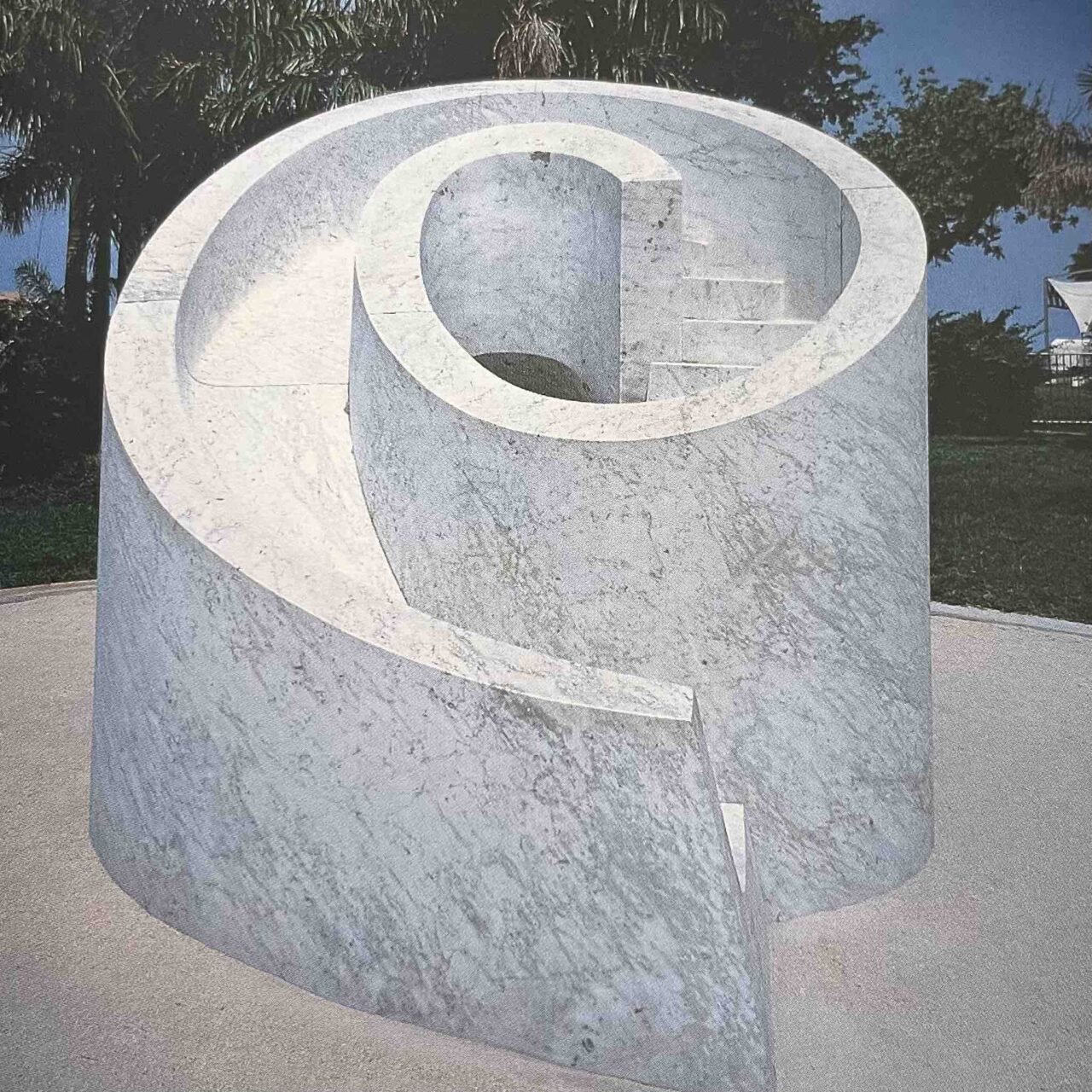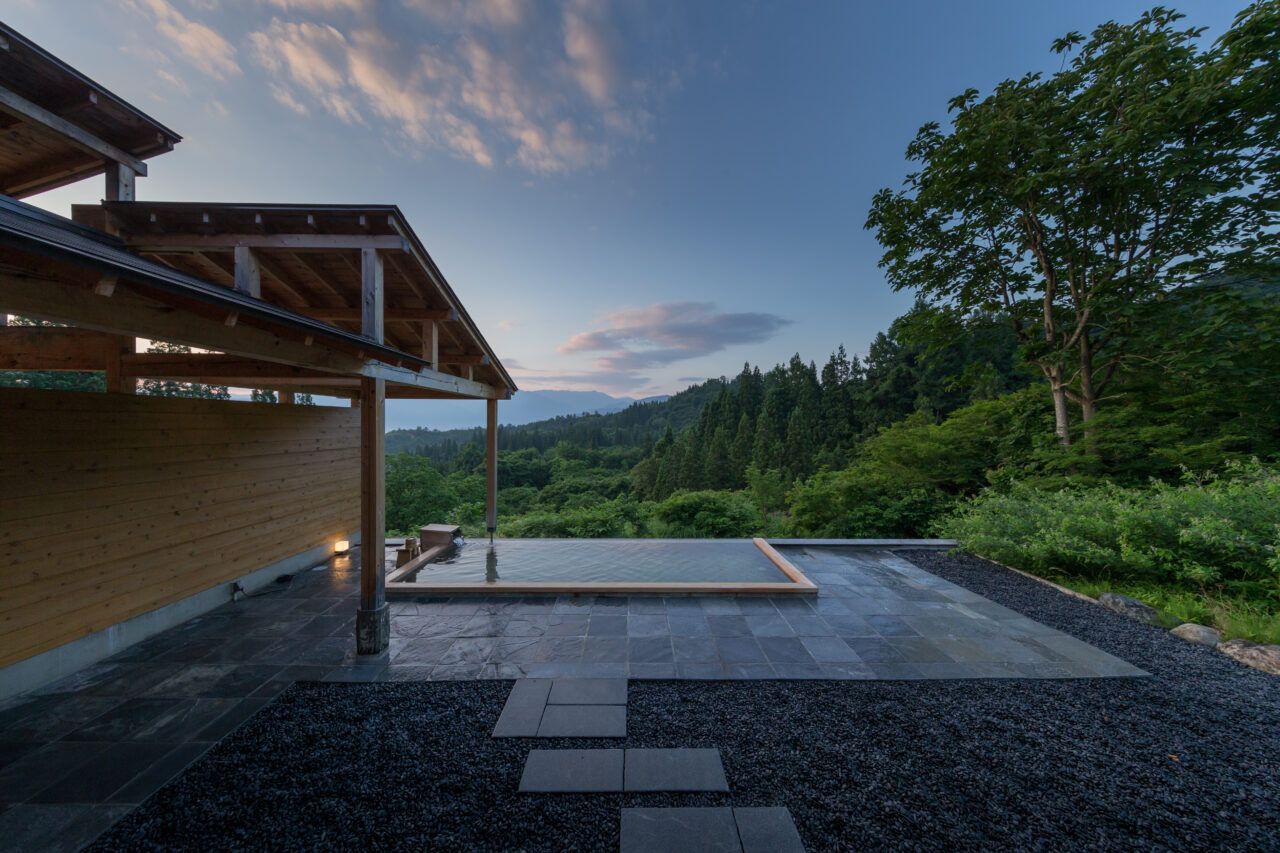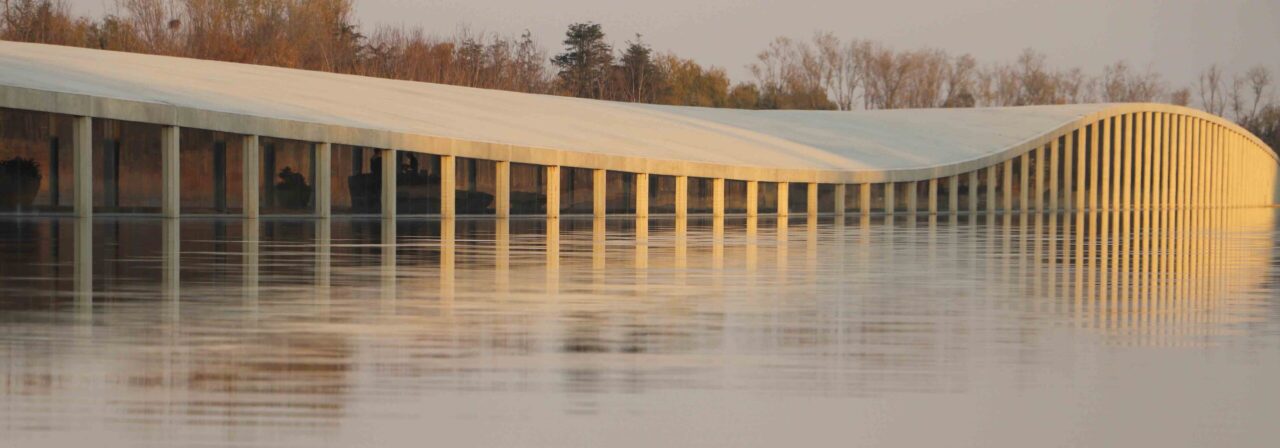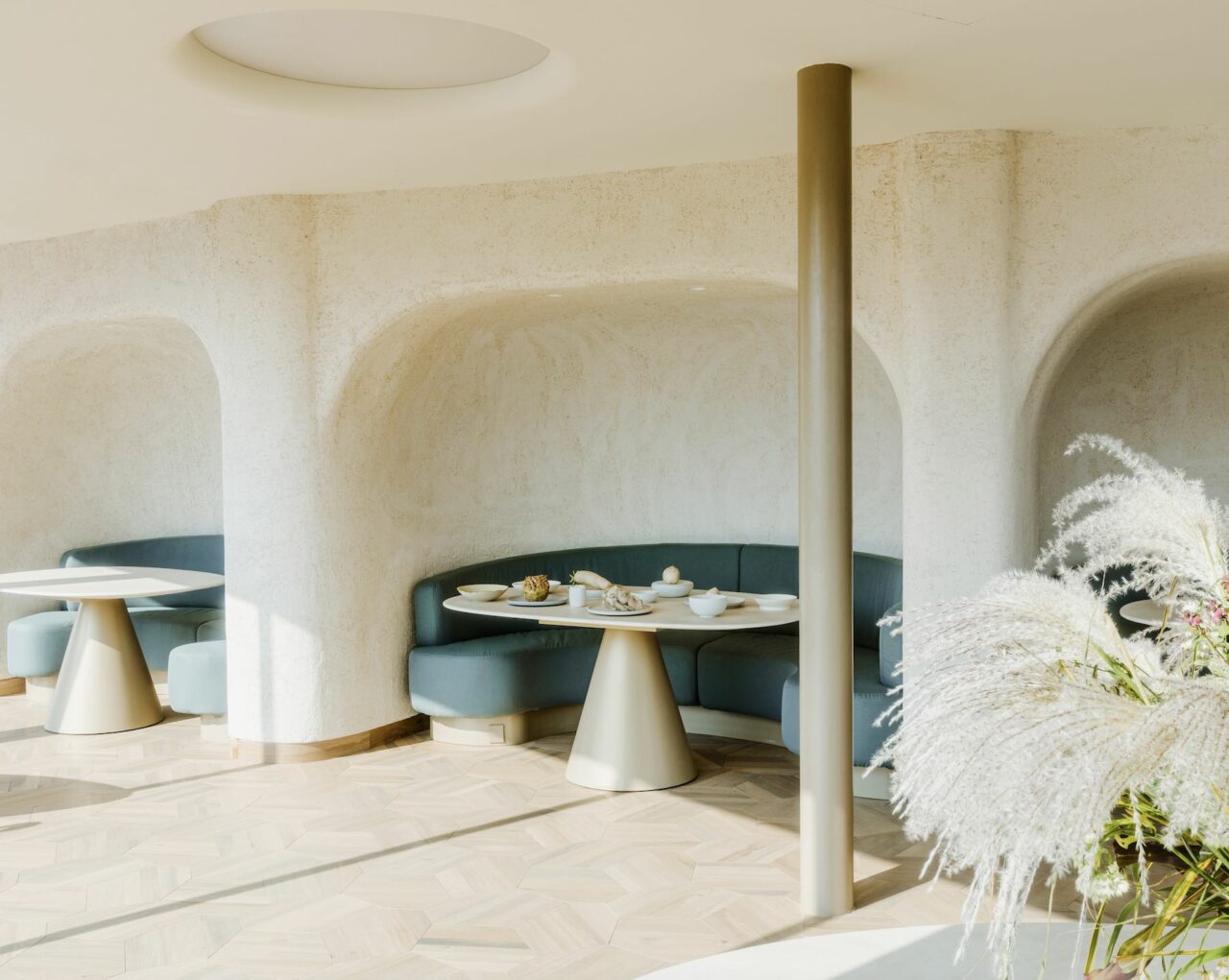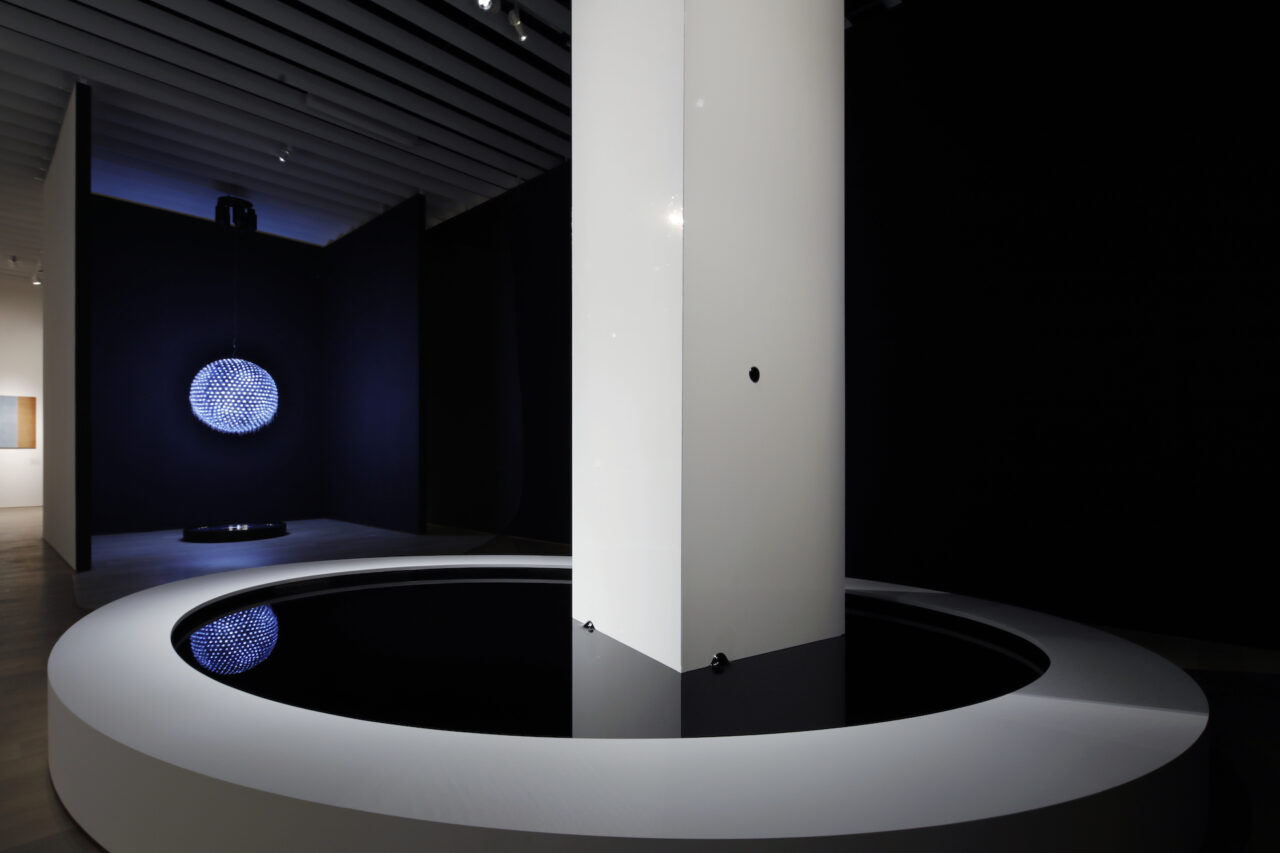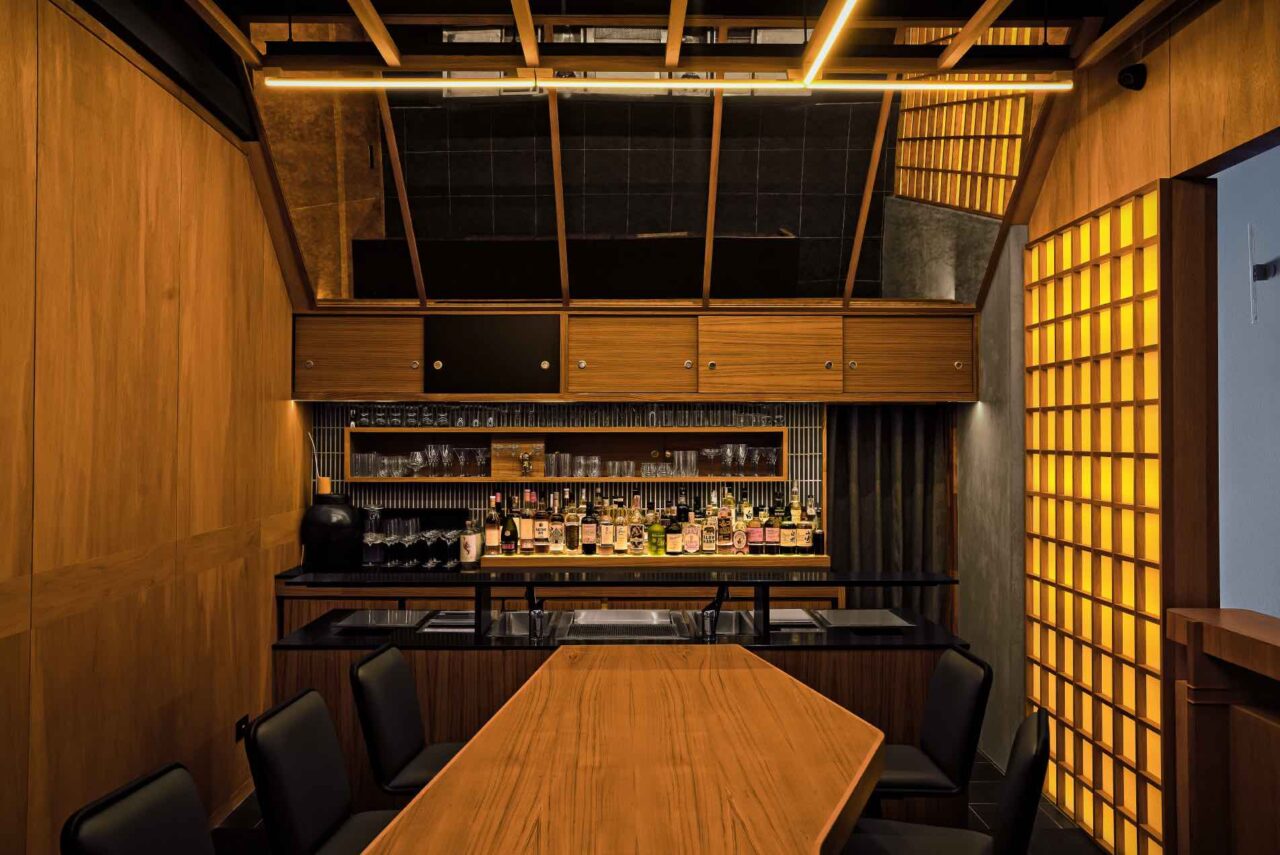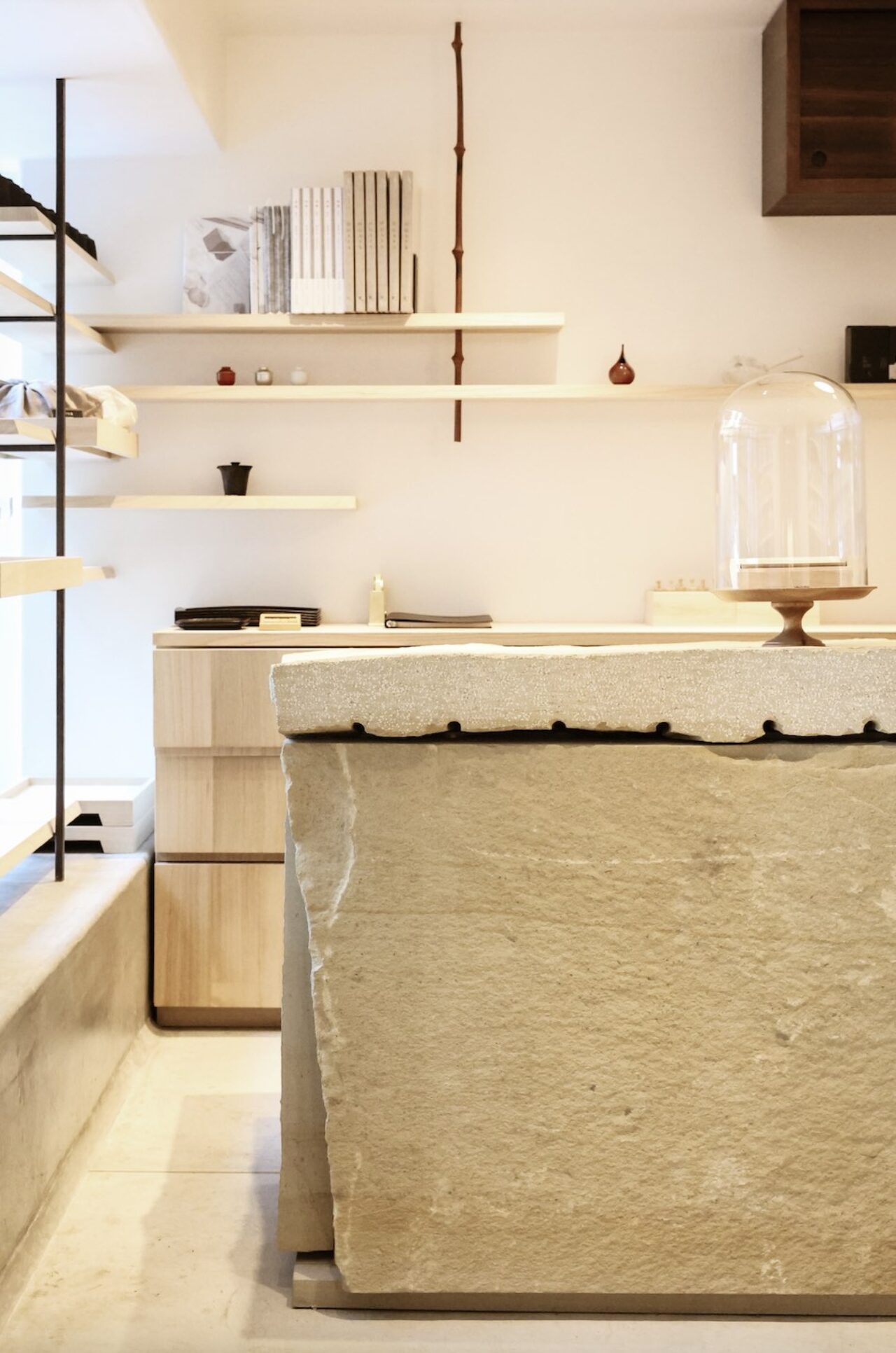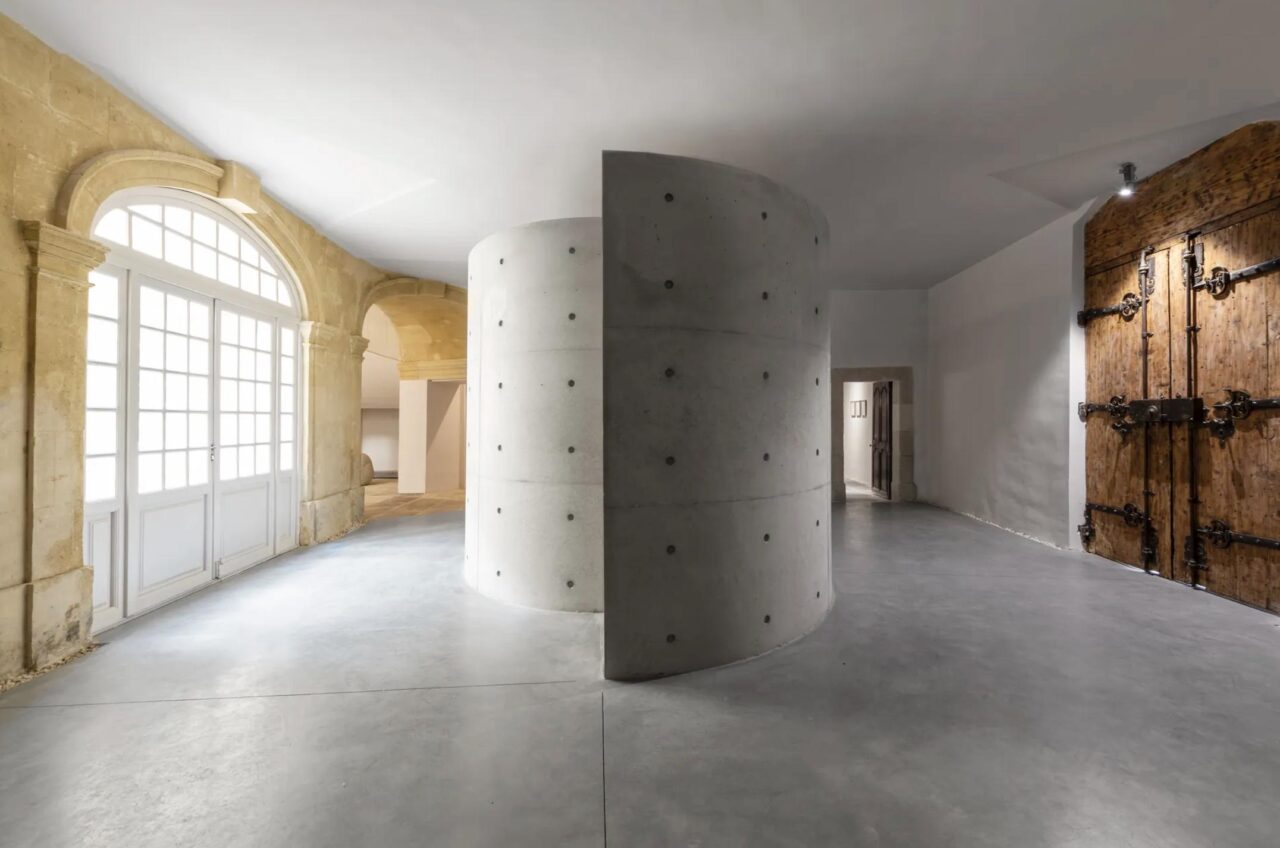The 9th Berlin Biennale: Obvious, Painfully
Writer Ani Bradberry Visits A Thought-Provoking Curation; The Present In Drag
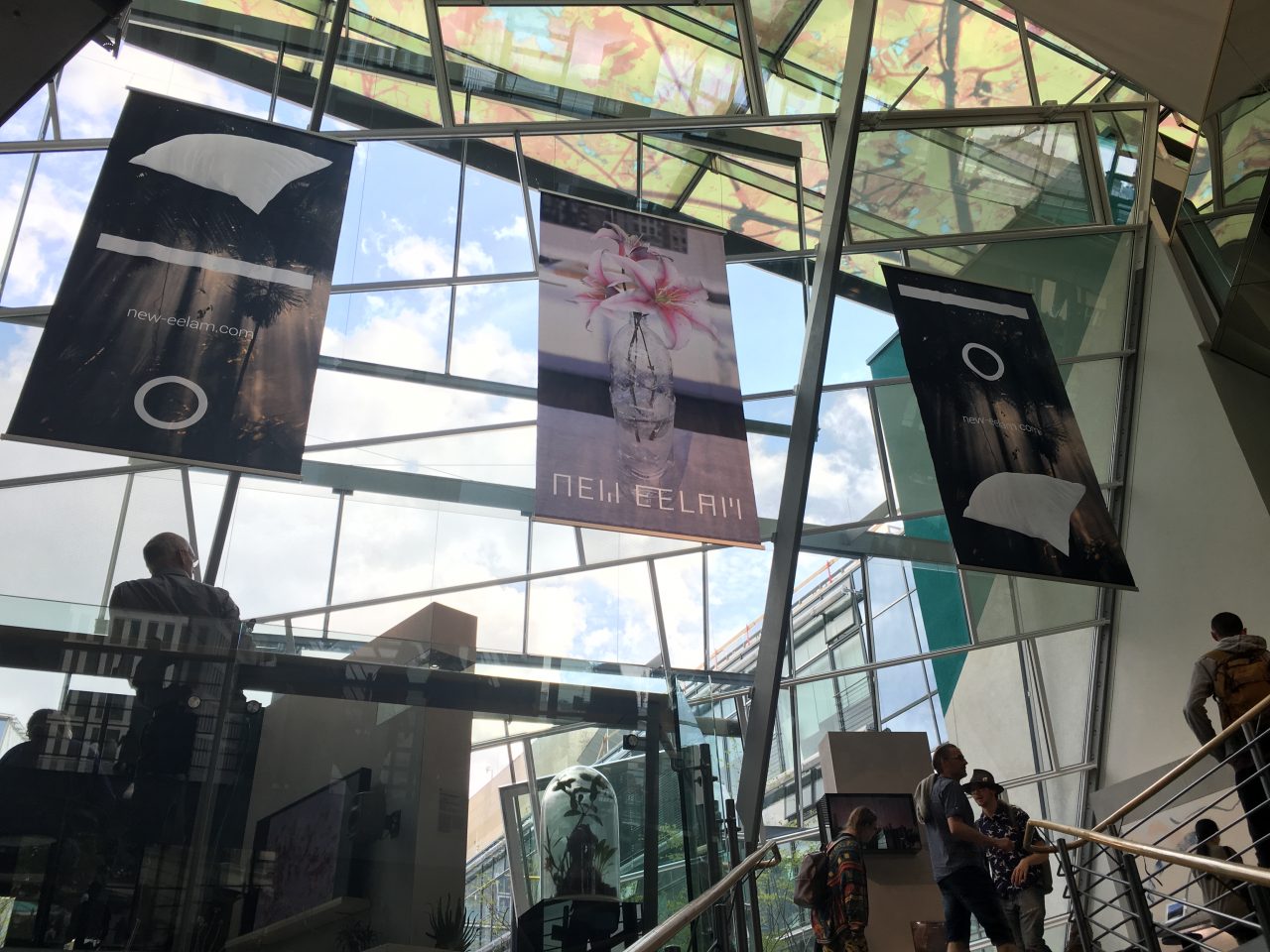
The 9th Berlin Biennale was an unconventional event in curation and in public response, prompting many questions about the state of global contemporary art. Banners of sterile smiling faces hung outside of the KW Institute for Contemporary Art, beckoning visitors inside with the question: “Why should fascists have all the fun?” Welcome to “The Present in Drag.”

“The Present in Drag” took place from June 4 until September 18, 2016, organized by the KW Institute for Contemporary Art and curated by New York-based collective DIS; composed of Lauren Boyle, Solomon Chase, Marco Roso, and David Toro. The Biennale took place primarily within bustling areas of tourism (“globalised” spaces): Akademie der Künste, ESMT European School of Management and Technology, The Feuerle Collection, and KW Institute for Contemporary Art, as well as upon the mobile Blue-Star sightseeing boat.
With over 120 participants, “The Present in Drag” showcased a broad range of interdisciplinary work that capitalised on the effect of the constructed intimacy of advertisement and the fiction of the global economy. DIS revels in the paradox of 2016: “the virtual as the real, nations as brands, people as data, culture as capital, wellness as politics, happiness as GDP, and so on.”[1] DIS did not revert to cynicism in the face of rising global political and economic turmoil; rather, they indulged in a manic spectacle of anxiety-inducing distortion of the contemporary marketing-as-culture/culture-as-marketing paradigm, that so greatly contributes to international class struggle. Frighteningly familiar with ubiquitous Apple-standard Helvetica Neue Thin font superimposed on ambiguous stock images, the branding of the “The Present in Drag” was as visually appealing as it was hellish. The effect clearly mimicked the barrage of marketing imagery that is pushed onto citizens of the digital age in virtual and physical spaces.
Bodies, including those of visitors and tourists, made up the majority of the work throughout the exhibition venues. Some of the most stunning stagings of the body were seen in the sculptures of Berlin-based artist Anna Uddenberg in her series Transit Mode – Abenteuer (2014-2016), exhibited at Akademie der Künste. Uddenberg presented cold, concrete female mannequins in ludicrous stretches, interacting with objects such as a baby stroller, a “selfie-stick” and a mirror. Their cool stares, blonde hair and pilates bodies were both erotic and disturbing, reimagining the idealised female body as a dystopian vessel for products. Uddenberg’s controversial series was largely criticised for its exploitative suggestions, yet these statements were largely without consideration of her position as a female artist. Considering the absurd relationship between body culture, class and commodification of subjectivity that defines mass culture in 2016, Uddenberg’s grotesque and performative bodies were not as alien they may seem.
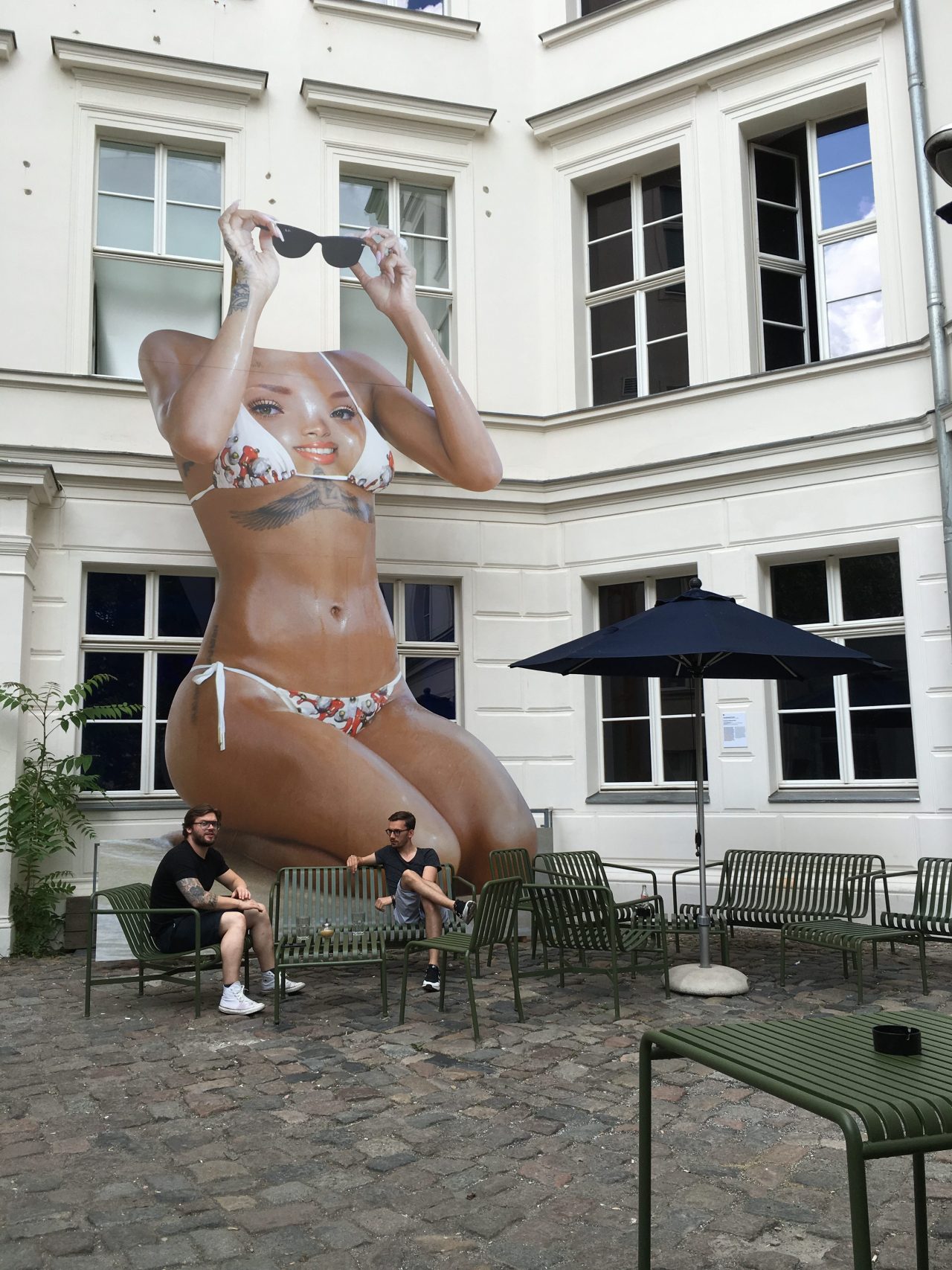
Despite the risks of vapid inaccessibility when creating within the slippery post-internet post-contemporary discourse, the artists of the 9th Berlin Biennale explicitly tackled a multitude of critical issues, such as racism against refugees in Germany, ethnic cleansing, the housing crisis, privacy in the digital age, and others. The radical artwork of “The Present in Drag” had deceivingly bourgeois exoskeletons, requiring effort on the part of the viewer to decipher the fallacies in play. Ironically, this demand caused critics to be blinded by the chrome conceptualism of the Biennale.
A piece that was startlingly overlooked was Halil Altındere’s Homeland (2016), a music video featuring Syrian rapper Mohammed Abu Hajar also exhibited at Akademie der Künste. Homeland narrates the experiences of refugees fleeing Syria within real and surreal footage, addressing the global migration crisis directly and furiously. At its core, “The Present in Drag” makes it very clear that it is not enough to “unmask the present”[2] within a world of global capital without some focus on the nature of the machine itself. The curators aimed to induce anxiety rather than depict it, which distorted the visual language of the present in order to reveal the severity of consumer manipulation.
Perhaps the most impressive lasting feature of the Biennale is the ambitious collection of essays and interviews entitled Fear of Content, which doubles as a digital exhibition space for video and images. Any confusion of whether or not the artists, curators and theorists involved are critically approaching pressing issues of the present is a surprising symptom of a viewer unwilling to explore the virtual facet of the Biennale.
The appointment of DIS ruffled the feathers of many art world cogs who wither at the notion of “post-internet art” and remain skeptical of the relationship between fine art and fashion. It is a gross understatement to dismiss DIS as a “fashion” collective. While the group is known for producing a wide range of sleek tongue-in-cheek merchandise, their focus on contemporary methods of self-imaging and purchasable subjectivity is strengthened rather than muddled. Disappointingly, many of those critics who have expressed their horror at the perceived vanity of the event did not delve past the surface of the Biennale, a problematic approach that ironically revealed their own shallow evaluation. The shallow responses were perhaps a great achievement for DIS and the Biennale in general. The grotesqueness of contemporary art and the monetisation of daily life that was paraded in Berlin exists comfortably within the hypocrisy of the art market and culture marketing; the more that fact is denied, the more absurd the relationship between art authorities and viewers becomes.

Equipped with a history of varying exhibition formats and interdisciplinary curatorial initiatives, the 9th Berlin Biennale cast a light upon the paradoxical status of art and commerce. Uniquely installed in extremely public areas, “The Present in Drag” was an undoubtedly agitating spectacle with a deceivingly commercial execution. Ultimately, the Biennale was democratic in its tackling of the authority of art, the state and the market upon the our daily lives.
While easily misunderstood as cynical indulgence, the general attitude of the event was maniacal. The 9th Berlin Biennale remains a monster in a mask; a mad role-play of the existing condition of art and commerce. In this fashion, the Biennale embraces its role as spectacle in order to direct focus onto the characteristics of the spectacle itself. The event was a disturbing virtual reality containing all of the behemoth art world’s glamour and indulgence as well as its suffocating links to capital.



DIS created a spectacle of the spectacle, introducing an urgent paranoia against the toxicity of marketing. Laughing and crying in the face of the state, the art market and the tourist, “The Present in Drag” was as slippery as it was sleek, oscillating between humour, horror, sensuality and disgust.
The 9th Berlin Biennale
Words by Ani Bradberry
(Originally published in Ala Champ Online in 2016)

Footnotes:
[1] “The Present in Drag” press kit, the 9th Berlin Biennale for Contemporary Art, 4.6-18.9.2016 [2] Press conference held at Allianz Forum Pariser Platz, 2.6.2016





